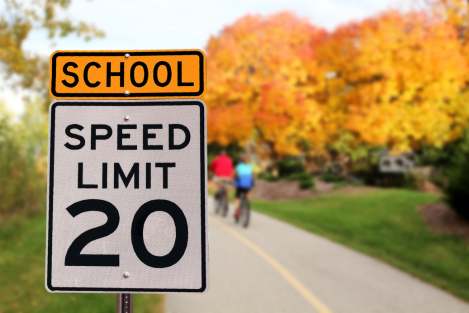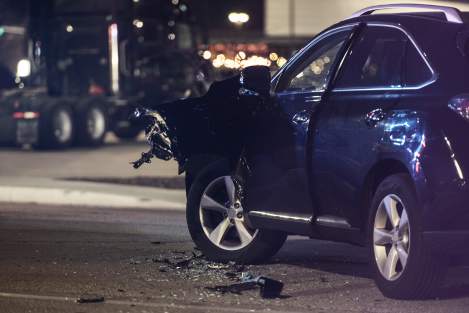Sep 1, 2015
New Ontario Road Rules Now In Effect
Back in June of this year, the Ontario Parliament passed Bill 31 – which provided amendments to the Highway Traffic Act.

Today, September 1, 2015, these changes go into effect. Called the “Making Ontario’s Roads Safer Act”, the bill aims to do precisely that – make Ontario roads safer. Fines and penalties for distracted driving are the most significant changes resulting from the bill.
Why? Distracted driving is quickly becoming a more serious issue as technology and devices evolve. Distracted driving causes nearly as many deaths on Ontario roads as impaired driving and if usage trends continue – distracted driving may exceed drinking and driving deaths in 2016 says MTO.
Changes to the Highway Traffic Act & Bill 31
Here are the highlights of changes with Bill 31’s introduction today.
Higher Penalties - The fine is now $490 and three demerit points. Novice drivers get a minimum 30-day licence suspension.
Increased Penalties for ‘Dooring’ A Cyclist - Opening your car door and hitting a cyclist (dooring) will now cost you $365 and two demerit points.
Make More Room to Pass A Cyclist - If Drivers don’t leave a minimum of one meter between their car and a cyclist, they can be fined $180 and receive two demerit points.
Make Your Bike More Visible With Bicycle Lighting - Failure to have proper lighting when riding 30 minutes before or after dusk and dawn could result in a $110 fine.
“Slow Down And Move Over“ Rule Modified - This rule now includes tow trucks that are stopped and giving roadside assistance. If you don’t move over and slow down, the penalty is $490.
Drug Impaired Driving Now Considered Impaired Driving - Driving while under the influence of drugs now the treated the same as impaired driving.
What is Distracted Driving In Ontario?
There are many things that are considered distractions by the police when you are driving. You can be charged with distracted driving if you are :
- Using any device that needs to be touched, held or operated
- Talking, texting, reading, emailing, scrolling on your device
- Reading print – books, maps
- Watching videos
- Eating, drinking, smoking, grooming (no makeup!)
- Tuning or adjusting your radio
- Talking with passengers in the vehicle
- Driving while tired – mentally or physically
If you have endangered someone else’s life as a result of distracted driving, you can be charged with other, more serious offences.
What Is a Handheld Device?
A handheld device is small and portable and can be held in one or both hands and used for tasks such as computing, talking, navigation and entertainment. They have screens and various ways to enter information or commands with keypads or touchscreens. Here are some common handheld devices :
- Cell phone or smartphone
- iPod or music player (mp3)
- DVD (entertainment/video player)
- iPads & iPad minis
- Laptops
- GPS (unless it is mounted)
What Devices Can And Can’t Be Used?
This list from the MTO website gives examples of devices that are allowed or not while driving.
Emergency Exceptions
Note that you can always make a 911 call from your phone in the case of an emergency where your safety, or someone else’s, is in question.
Tips To Help Eliminate Distractions While Driving
By following these simple tips, drivers can minimize distractions while driving – making everyone safer. Try these tips :
Do Your Part To Make Ontario Roads Safer
Bill 31 is the government’s effort to respond to the increasing threat to road safety. Stiffer fines and penalties are just the beginning of addressing this challenge. Ultimately, drivers (and cyclists) will have to change their habits for the changes to be truly effective. We can all do our part to make roads safer and keep Ontario car insurance costs low.
Latest Articles
Checkout our latest articles on insurance and other helpful topics.
Comprehensive Insurance In Ontario
Learn about Comprehensive Insurance in Ontario. We’ll explain comprehensive insurance policies, how much it costs and when you need it. Get answers to common questions about this type of car insurance.
Community Safety Zones in Ontario
Learn about the multifaceted approach to road safety within community safety zones in Ontario. Understanding community safety zone rules, fines, and insurance impact.
Ontario Speeding Ticket Will Increase Insurance
Are you aware of how speeding tickets affect your car insurance? Here, we outline how speeding tickets can impact your policy.
Collision Insurance In Ontario Explained
We’ll explain collision car insurance in Ontario. Learn about the coverage, if you need collision insurance for older vehicles, how much it will cost, and get answers to common questions.



